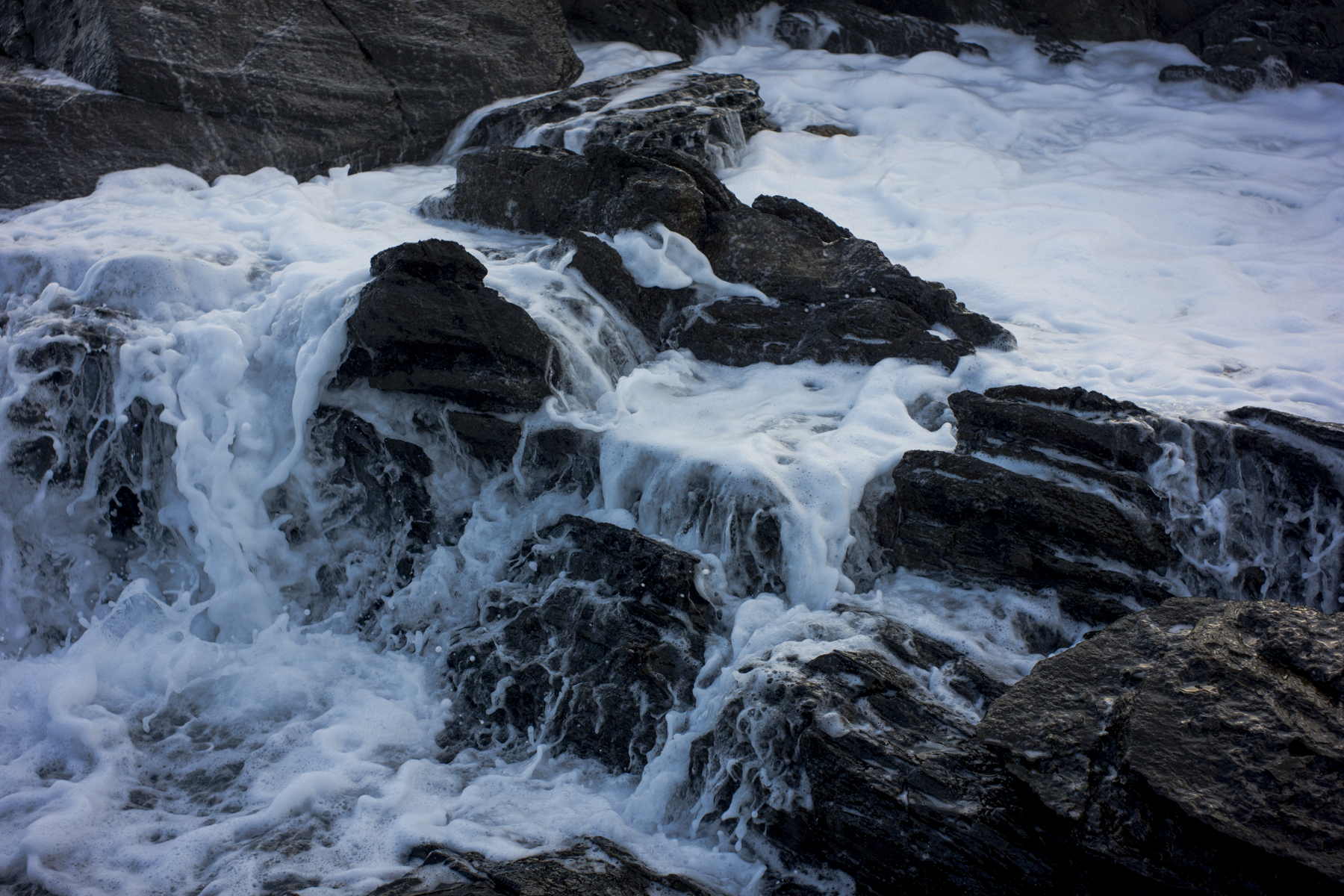The image below is an example of the landscape site that I mentioned in the previous post which I want to work with the Linhof 5×4. It’s close to the main road, I’m able to park the car safely, the site is easily accessible, and I can work the landscape under a dark cloth without having to worry about cars running me down.

I was up there this morning, but I was too late. The Queenstown township is enfolded in dense fog in the mornings as it is in a valley, and I’m finding it difficult to judge when the sun rises and lightens up the tablelands from the caravan park. Even though I was there at 7.30 with the 5×4 I was too late. So it will have to be tomorrow morning.










